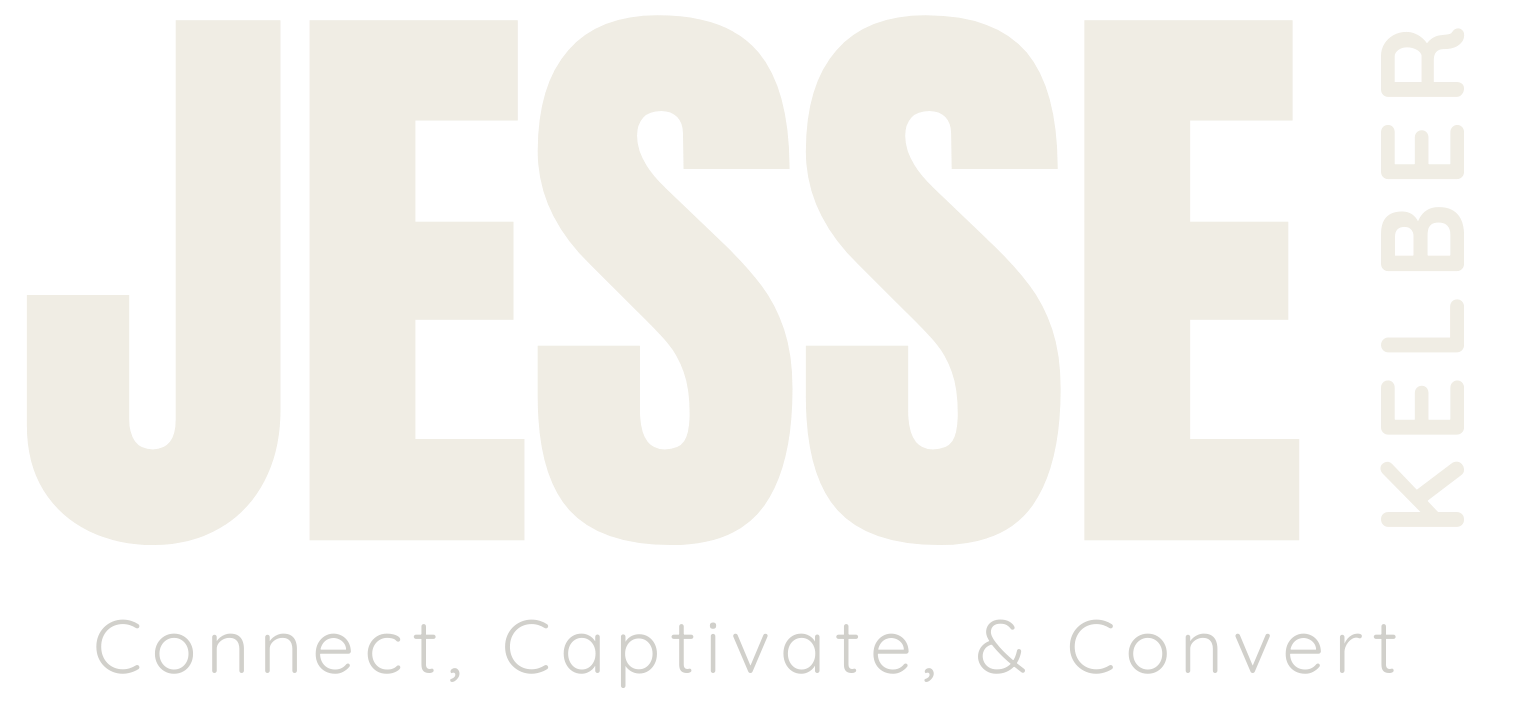
There’s a condition that gets little media attention but is rampant in online writing: Blinking Cursor Syndrome. It has a slightly less common subtype I call Blank Page Overload.
This condition is especially prevalent among those who need to write online but who don’t have a background in, or training specific to, writing as a discipline.
In my ongoing attempt to rid my clients of such scourges and to enable them to write to their heart’s content, today I offer a selection of my favorite slightly off-base questions you can ask yourself should you find yourself staring down the dreaded Blinking Cursor of Doom or even the Blank Page of Discontent.
“What’s one contrarian thing I believe about my industry that no one else is willing to admit?”
This one’s not so much about the writing directly, it’s more about forcing yourself to think about what you do from a different perspective.
(Ed note: I’m a massive proponent of forcing yourself outside your comfort zone when it comes to “conventional wisdom,” as I find it all too often to be neither)
The idea behind asking yourself this question is to push yourself to identify a unique insight or belief that your audience will benefit from understanding. It can be something that challenges the status quo in your industry, or something more specific to the way your product works its magic. The point is to show off your expertise in a way that also positions you as the thought leader to watch.
Examples:
“Most cybersecurity startups focus on selling fear, but I believe educating users on simple, proactive habits is a more realistic way to generate sustainable risk mitigation behaviors.”
“In fintech, the current obsession with AI-this and automated-that is leading to people overlooking the value of human expertise in managing complex scenarios.”
“If I had to convince someone of the opposite of what I believe about my product, what would I say?”
This one’s all about critical thinking. If you can plan ahead and know what objections your audience is likely to raise, you can have your rebuttal ready to go. Crafting compelling, nuanced content that pre-addresses skeptics shows that not only do you know your stuff, you know your audience—maybe a little better than they do.
Examples:
“Our SaaS platform might be too complex for small businesses and better suited for enterprises with dedicated IT teams.”
“The wellness tech market is oversaturated, and many apps don’t actually improve mental health—they just add to screen time.”
“Which failure or mistake in my startup journey could be a valuable lesson for others, and how can I tell that story?”
Nothing builds trust like transparency, especially when it shows your human side. Many people in your audience probably have a skewed view of what a tech founder is like, behind the curtains, so to speak. Putting your foibles (the ones that relate to your business, that is, TMI is real, folks) on display for others to learn from can go a long way toward building trust and authenticity.
Examples:
“We launched before validating the core problem with real customers, which cost us months of re-development time.”
“Trying to scale too quickly before our product-market fit was solid led to cash flow problems and team burnout.”
“What’s a customer pain point that we can’t solve yet, and what are we doing about it?”
Contrary to popular belief (in some circles anyway), putting your limitations on display shows a great deal of strength and knowledge about the inner working of your product, not to mention your audience. Falling under the heading of transparency again, this question forces you to address those limitations for all to see—as long as you remember to tell them what you’re doing to solve things.
Examples:
“We don’t yet support integrations with legacy ERP systems, however, our library of integrations is growing every week, and we’re on track to incorporate the last of these systems by the end of this year.”
“Our cybersecurity tool doesn’t prevent insider threats effectively, and we’re transparent about the need for complementary solutions.”
“What’s a story from outside my industry that illustrates a problem my audience faces?”
Sticking to the idea of addressing pain points, this question forces you to think laterally (anyone else hate that phrase? No? Just me, then.) about problem solving. Non-sequiturs are memorable, so drawing unexpected parallels can jolt your readers into remembering your content and, by extension, your name. It also demonstrates that you’re a creative thinker, not just another pretty face.
Examples:
“How a small-town coffee shop’s personalized customer service offers lessons for SaaS companies struggling with user retention.”
“The rise and fall of a popular fitness influencer shows the dangers of overpromising and underdelivering in wellness marketing.”
BONUS: “How would I explain our value proposition to a 10-year-old?”
It’s pretty common for startup value props to be…how to say this politely…jargony, fluffy, jingoistic, and nonsensical. Thinking about it as though you were describing your product to your niece, nephew, or friend’s kid forces you to simplify not only your words but also your thinking—and that’s how you connect with a wider audience.
Examples:
“Imagine you have a big box of toys, but you don’t know where your favorite ones are. Our app helps you find the toys you want quickly, so you can spend more time playing.”
“We make sure your computer is safe from bad guys, kind of like how a superhero protects a city from villains.”
